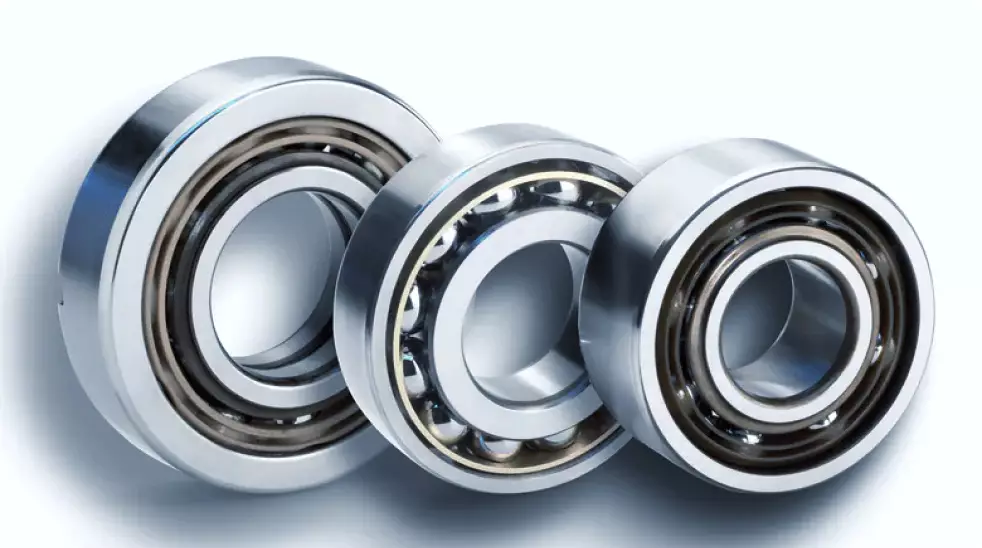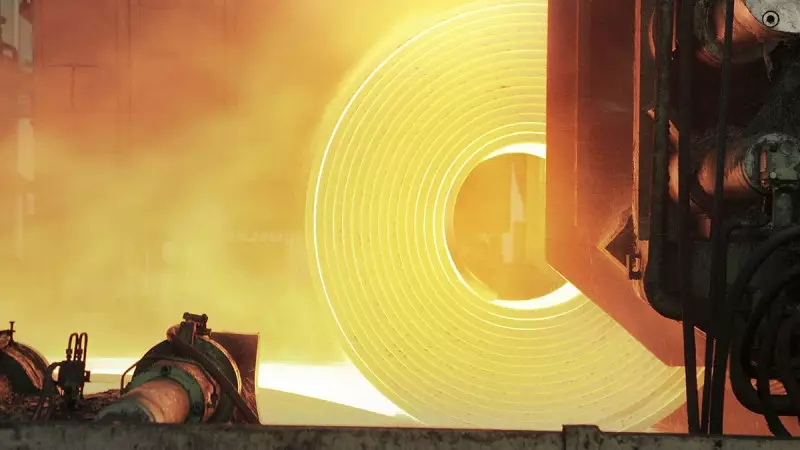
What are the basic types of bearings?
Types of bearings
Bearings have evolved into three basic types
- Plain
- Ball
- Roller
Plain Bearings
Plain Sleeve Bearings, referred to as Friction bearings, are the oldest known to exist. These bearings are often chosen for applications with high radial load and where reducing friction is essential, such as turbines or conveyor systems. Sleeve bearings can be manufactured from bronze, metallic alloys, sintered bronze metals, nylons, ceramics, and other materials. Thousands of years before the Industrial Age, man learned to replace sliding by rolling. The cost of moving things changed dramatically when loose rollers were changed to a wheel connected to the frame of a vehicle using a rolling bearing.
Ball and Roller bearings
Ball and Roller Bearings are classified as Antifriction bearings, as they rely on a rolling element between two surfaces to reduce friction. Common types include angular contact ball bearings and deep groove ball bearings, which are effective in high-speed applications due to low friction.
Antifriction bearings consist of an inner and outer ring and a rolling element. In theory, balls are point contact and rollers are line contact.
In addition to the three major categories of Plain or Sleeve, Ball and Roller, many iterations exist based on differing design characteristics.
Roller Bearings
Roller bearings consist of two rings with a set of rolling elements in their raceway or tracks. Standard shapes of rolling elements include the ball, cylindrical roller, needle roller, tapered roller, symmetrical barrel roller, and unsymmetrical roller. The numerous rolling bearing types are classified according to their design features and uses.
For example, Roller bearings differ when used in Road and Rail applications versus Agricultural and Construction machinery. The uses for the variations of the three major types of bearings include gearboxes, electric motors, machine tools, textile machinery, robotics, drones, aerospace, and the list goes on.
When selecting which type of bearing to use, you must know the operating conditions, speed, and loads. Manufacturers such as SKF, TPI, FAG, Schaeffler Group and others provide data tables for selecting by dimensional size, load and speed ratings.
When more information is needed, please contact PIB for assistance.









 Short Rigid Couplings
Short Rigid Couplings Controlflex Couplings
Controlflex Couplings Jaw Couplings
Jaw Couplings Oldham Couplings
Oldham Couplings Bearing Locknuts – TCN
Bearing Locknuts – TCN Double Wide Shaft Collars
Double Wide Shaft Collars Heavy Duty Shaft Collars
Heavy Duty Shaft Collars International Series Shaft Collars
International Series Shaft Collars Keyed Shaft Collars
Keyed Shaft Collars Mountable Shaft Collars
Mountable Shaft Collars Quick Clamping Shaft Collars
Quick Clamping Shaft Collars Set Screw Shaft Collars
Set Screw Shaft Collars Thin Line Shaft Collars
Thin Line Shaft Collars Threaded Shaft Collars – Pacific International Bearing Products
Threaded Shaft Collars – Pacific International Bearing Products Two-Piece Shaft Collars
Two-Piece Shaft Collars Friction Bearing Universal Joints
Friction Bearing Universal Joints Needle Bearing Universal Joints
Needle Bearing Universal Joints

